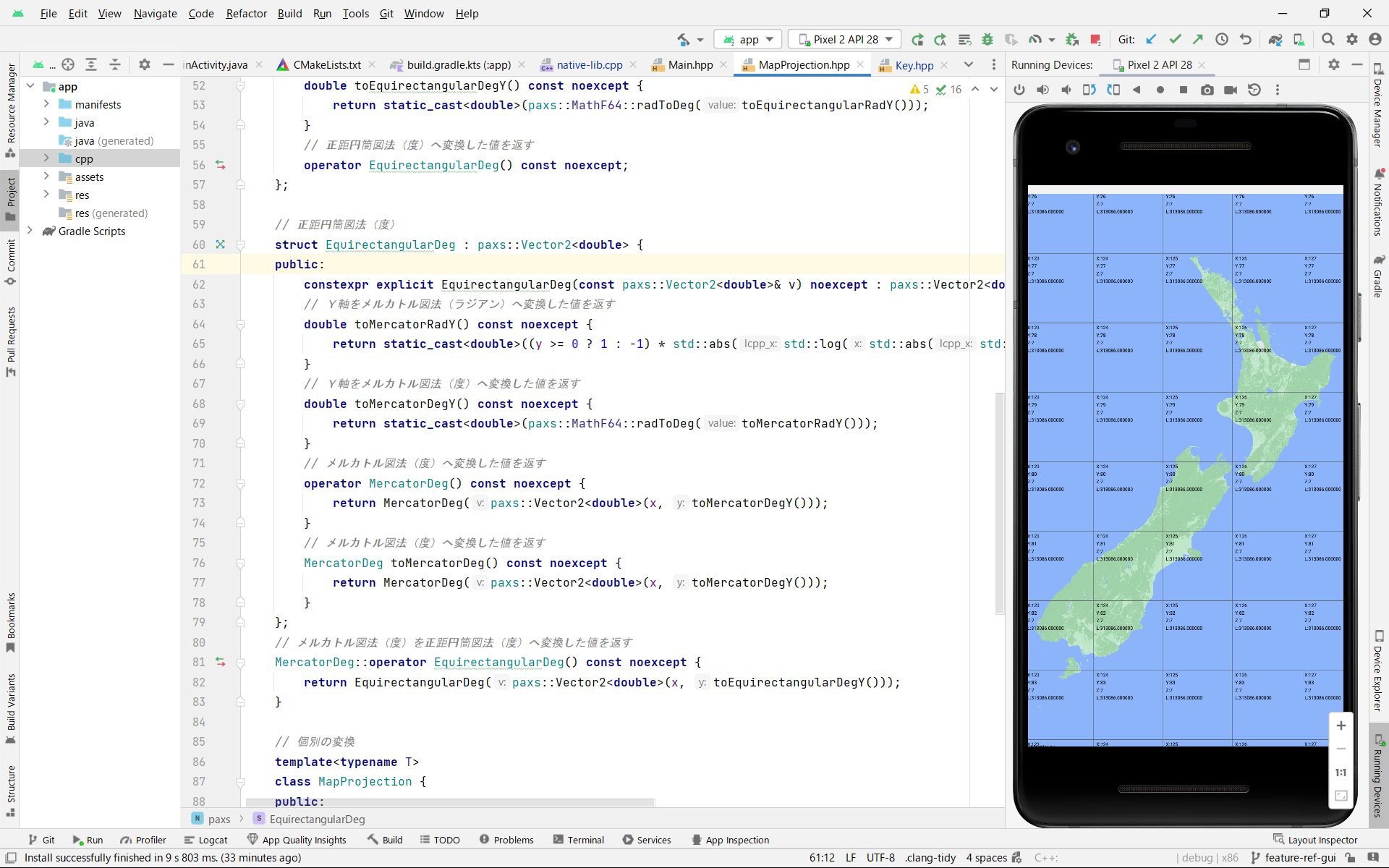This software is PAX SAPIENTICA (abbreviated PAXS). PAXS is a GIS for philological, archaeological, and anthropological data. It has the ability to display calendars for each region in each time period and agent-based simulation.
The phenomenon of history is formed by a complex interplay of time, space, and the actions of the people who lived within them. At the core of PAX SAPIENTICA lies the objective to understand and reproduce this dynamism of history. Specifically, it aims to seamlessly integrate temporal and spatial information, which is indispensable for historical research, and furthermore, to dynamically analyze history as "an accumulation of people's actions" using the agent-based simulation method.
Traditional Geographic Information Systems (GIS), while adept at handling spatial information, have faced challenges in managing complex temporal information crucial for historical research, such as the concept of the time axis, calendars specific to different eras, and archaeological chronologies. Moreover, existing agent-based simulation software has not always been optimized for the specific needs of historical research, for instance, displaying and managing calendrical systems or chronological frameworks of particular periods. PAX SAPIENTICA is designed to overcome these challenges and meet the unique requirements faced by historical researchers.
| Available | Calendar Name |
|---|---|
| ✅ | Julian calendar |
| ✅ | Gregorian calendar |
| ✅ | Japanese calendar |
| ✅ | Chinese calendar |
| ✅ | Islamic calendar |
| ✅ | Julian day number |
This is an agent-based simulation that estimates settlement and population dynamics in the Japanese archipelago from the 3rd to 7th centuries. It was presented at the 48th Annual Meeting of the Japan Association for Archaeoinformatics on December 2, 2023.
Figure. Percentage of mitochondrial DNA haplogroups in the Owari Province of Japan by year from 950 BCE to 100 BCE as output by ABS.
This software can handle DNA haplogroup data of ancient human bones.
The following GIF animation shows the changes in East Asian mtDNA haplogroups from 1 Julian day (4713 BC) to the present.
Ancient human bone mtDNA data registered as of December 21, 2023.
This software allows you to visualize and move historical figures.
Displaying historical figures on maps offers several key advantages:
- Deepens Spatial Understanding: It visualizes figures' activity ranges, travel routes, and the geographical influences on their actions and impacts.
- Integrates Time and Space: It allows for tracking historical changes and power dynamics spatially over time, providing better context for events.
- Facilitates New Discoveries: It can reveal previously unseen geographical patterns, correlations, and relationships, sparking new research questions.
- Enhances Education and Learning: It makes history more engaging, tangible, and easier to remember by linking abstract information to concrete locations.
- Promotes Interdisciplinary Research: It aids in combining historical data with insights from geography, archaeology, and other fields.
- Increases Public Engagement: It makes history more accessible and relatable to a wider audience, fostering interest in local and broader historical narratives.
This software has both a GUI and a CUI.
The GUI supports the following libraries
- SFML (CMake)
- SFML v3.0.0 (.sln / for Windows) - Available without installation. The Windows version of SFML in the
PAX_SAPIENTICA/Projects/MapViewer/Windows/SFML_3.0.0directory can run in Visual Studio 2022 (compiler is MSVC). - OpenSiv3D (tested with v0.6.13 & Visual Studio Community 2022 v17.8.3)
- DxLib (tested on Windows and Android versions)
Any of the above libraries will launch the GUI software.
To try this library, build cmake.
Tip
For example, clone this repository. You can open the cloned directory with VS Code and build it with CMake.
https://aspjt.github.io/PAX_SAPIENTICA/
This project welcomes issues and pull requests. Anyone can send issues and pull requests.
You can find out how to contribute here.
- GNU Compiler Collection (GCC)
- Clang
- Microsoft Visual C++ (MSVC)
C++17 or later
- CMake (e.g. Visual Studio Code)
- .sln / Microsoft Visual Studio
- Android Studio
This library has been tested to work in a mobile environment.
Important
The Android version of DxLib, a wrapper library for drawing APIs, is used. Drawing APIs such as OpenGL and Vulkan are not directly supported.
| Icon | Name | Main Work |
|---|---|---|
| As Project | ● Planning ● Design Concepts ● Specification Document Preparation |
|
| guinpen98 | ● Programming ● Simulation ● GitHub Actions / CI&CD |
These codes in the Library directory are licensed under CC0 (PUBLIC DOMAIN).
Third party content is copyrighted by its respective owners.














